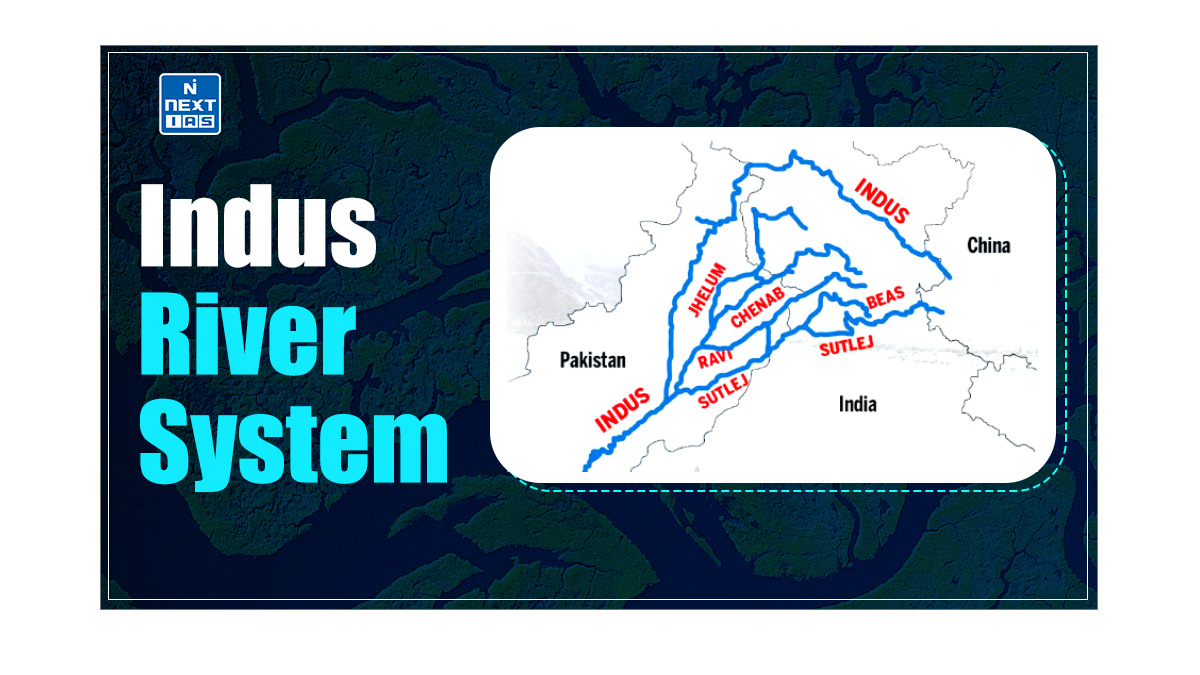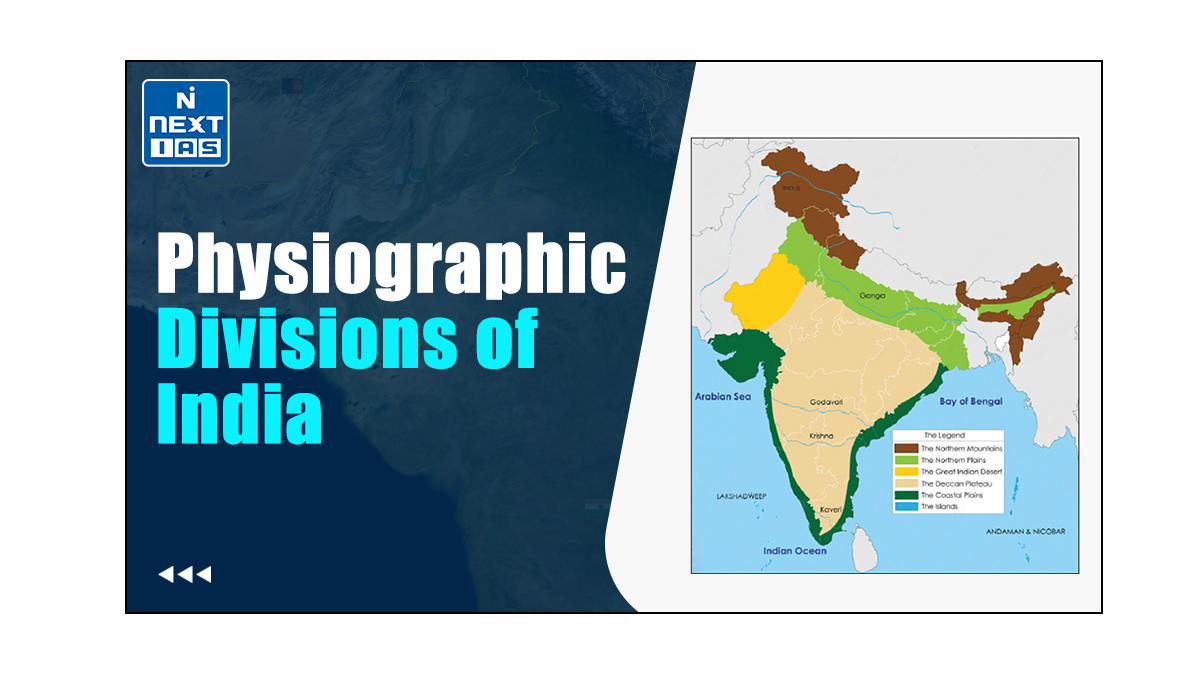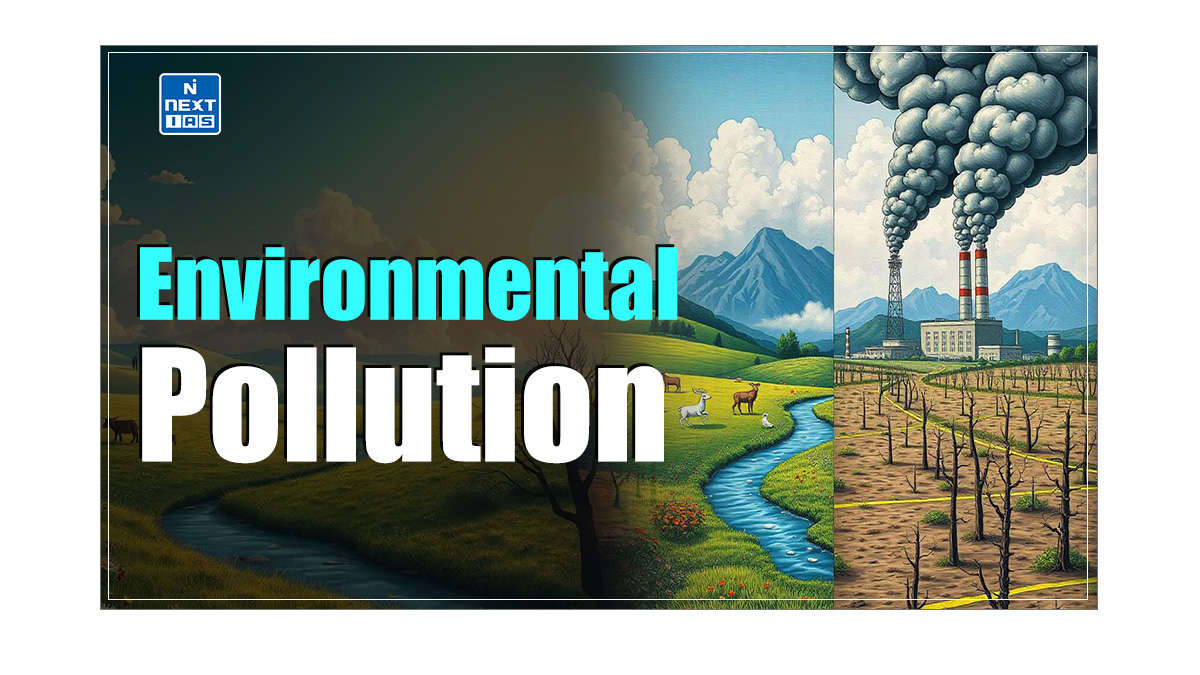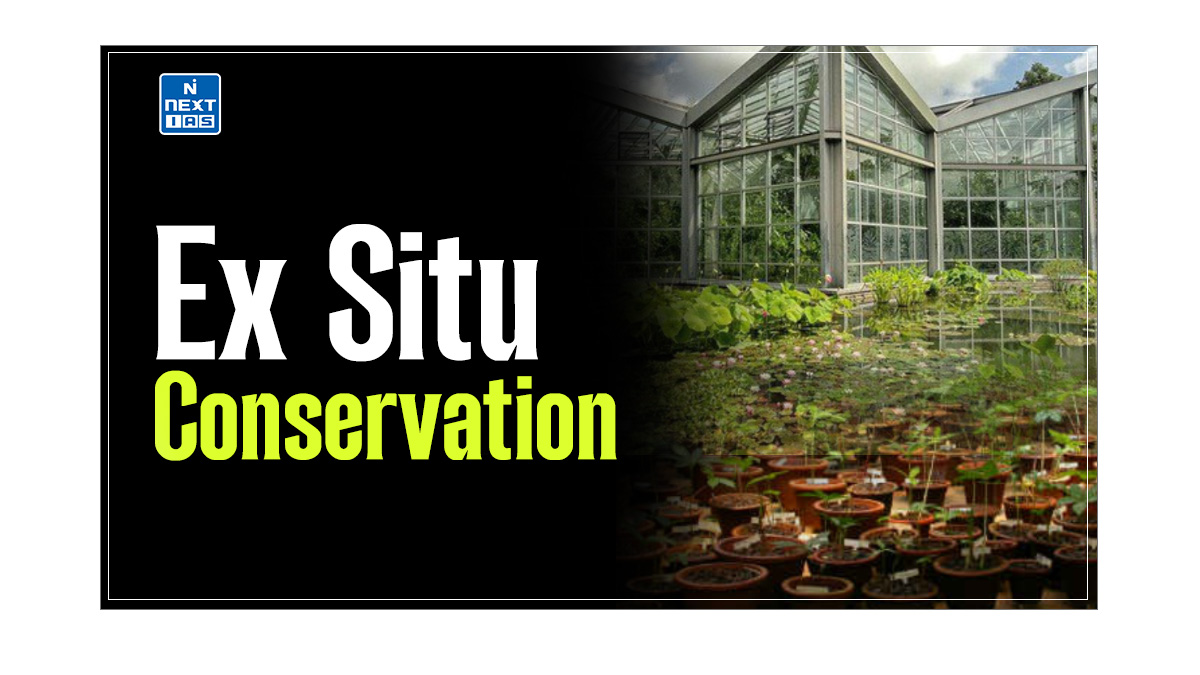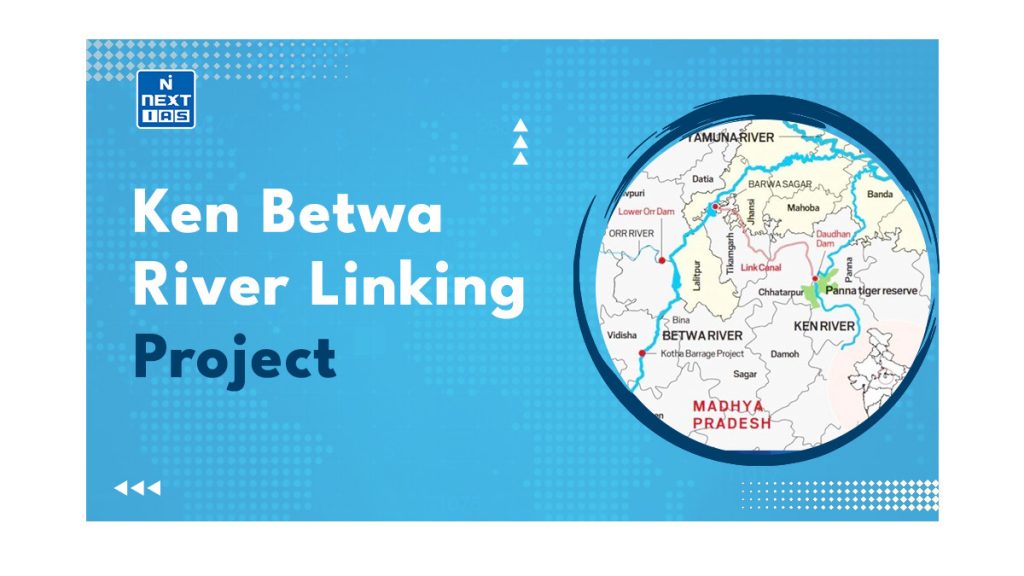
Ken Betwa River Linking Project got the Union Cabinet approval in December 2021. It is the flagship project of the center.
What is the Ken Betwa River Linking Project?
It is the first-ever river interlinking project being carried out under the National Perspective Plan. It is crucial for the water security and development of the Bundelkhand region.
The Ken-Betwa River Linking Project is India’s first river interlinking initiative, aiming to transfer water from the Ken River to the Betwa River in Uttar Pradesh and Madhya Pradesh. It seeks to address water scarcity, boost irrigation, and support hydropower while raising environmental concerns due to potential impacts on the Panna Tiger Reserve.
What is the Purpose of the Ken Betwa River Linking Project?
The purpose of the Ken Betwa link project is to:
- Transfer of water from Ken to Betwa basin.
- To provide water to water-scarce upper reaches of the Betwa basin by diverting the water.
What is the Principle in the Allocation of Water from One River to Another River?
The project is envisaged to cater to the needs of the concerned states adhering to the principles of equity of water share, efficiency of water use and cost effectiveness in the project.
Which Tributaries will be Connected by the Ken Betwa River Linking Project in India?
- The project involves transferring water from Ken to the water-stressed Betwa river via the construction of a dam and a canal connecting the rivers.
- The Ken River flows into the Yamuna River in the near the Uttar Pradesh district of Banda. The Betwa River joins the River Yamuna in the Uttar Pradesh district of Hamirpur. The Panna Tiger Reserve is crossed by the Ken River.
- The Daudhan Dam will be built on the Ken within the Panna Tiger Reserve, with a canal connecting the two rivers and flowing through the districts of Chhatarpur, Tikamgarh, and Jhansi, irrigating 6.3 lakh hectares of land per year.
What are the Features of the Ken Betwa River Linking Project?
Construction of Canal for Water Transfer
The project involves the transfer of water from Ken to the water-deficit Betwa River through the construction of a dam and a canal to link the rivers. The canal has a length of 230 km. The project aims to benefit the water-starved Bundelkhand region for agricultural and domestic needs.
- Districts of Uttar Pradesh: Banda, Mahoba, Jhansi, and Lalitpur districts.
- Districts of Madhya Pradesh: Panna, Tikamgarh, Chhatarpur, Sagar, Damoh, Datia, Vidisha, Shivpuri and Raisen.
Construction of the Dam for Water Storage
The Daudhan Dam will be created on the Ken, within the Panna Tiger Reserve with a canal linking the two rivers with the project and flowing through Chhatarpur, Tikamgarh, and Jhansi districts. The dam will store water to irrigate 6.3 Ha of land every year.
Water Conservation
The project aims to conserve the water received during the monsoon times. It is envisaged to supply drinking water to 62 lakh people in the area.
Hydropower
The hydropower plant to be developed will hold the potential to generate 34 million kilowatts of hydropower.
What are the Concerns Associated with the Ken Betwa River Linking Project?
The Ken Betwa River Linking Project aims to bring water to the water-deprived region of Bundelkhand but it also has certain challenges:
- Inviability of the project: It is feared that the project might not be inviable. Ken which is a non-perennial river may not meet the projected needs of the Betwa.
- Impact on wildlife and biodiversity: The project will submerge 9,000 hectares of the biodiversity rich area. There are a variety of species like the critically endangered vulture, gharial and other species like leopard and sloth bear.
- Impact on the Panna Tiger Reserve: The canal passes through the Panna Tiger Reserve impacting the area. Of the 9000 hectares to be submerged, 6000 hectares belong to the Panna region. The deep gorges that form part of the Panna Tiger Reserve will be drowned if the new dam is built.
- Environmental Impact – Threat to biodiversity, especially in the Panna Tiger Reserve.
- Deforestation – Loss of around 23 lakh (2.3 million) trees due to submergence.
- Wildlife Displacement – Risk to tigers, vultures, and other species.
- Altered River Flow – Potential disruption of the Ken River’s natural ecosystem.
- Water Disputes – Concerns between Madhya Pradesh and Uttar Pradesh over water-sharing.
- High Costs – Estimated at ₹44,605 crore, with possible cost overruns.
- Displacement of People – Thousands of locals may be forced to relocate.
- Limited Water Availability – Doubts about the Ken River’s capacity to meet demands.
- Climate Change Effects – Uncertainty in rainfall patterns may affect project viability.
- Alternative Solutions Ignored – Sustainable water management methods not fully explored.
Conclusion
The Ken-Betwa River Linking Project aims to address water scarcity and boost development, but it poses significant environmental, financial, and social challenges. While it promises irrigation and hydropower benefits, concerns over biodiversity loss, displacement, and sustainability highlight the need for a balanced approach, exploring alternative water conservation and management strategies.
Sources:
- NWDA
- TOI
